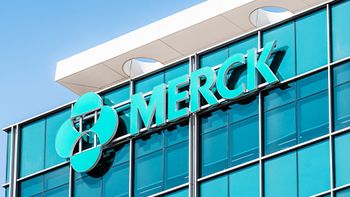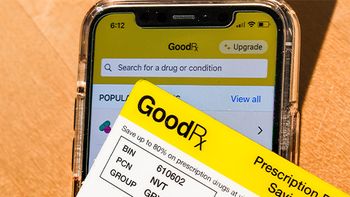
FDA blows off GS1 Healthcare for facility identification schema
FDA's new guidance keeps the DUNS number as the 'preferred' identifier
On Nov. 5, FDA’s Office of Compliance released a
What’s left unsaid in the document is how establishment location data necessary for tracking drug shipments (as opposed to filing paperwork with FDA) will be reconciled with DUNS. GS1’s interlocking numbering systems—GTIN for product identification, GLN for physical locations, and the EPCIS system for communicating transaction information (among others)—is looked on as the likely choice for structuring drug traceability under the Drug Supply Chain Security Act (DSCSA); additionally, many of the leading group purchasing organizations (GPOs) have been pushing suppliers (including pharma companies) to use GS1’s GLN and GTIN format for recording shipments to member organizations. GLN has the advantage over DUNS (which originated as a way to track the financial records of companies) of providing a high degree of precision on location—the specific loading dock at a hospital pharmacy, for example. It’s an open question, too, as to how readily non-US organizations will adapt to the DUNS system.
GS1 issued a
The incompatibility between GLN and DUNS is not on a par with, say, Apple IOS and Android. IT managers and database administrators are likely to work out how to encompass one number in the other, or provide data fields in records for both identification formats. But it demonstrates yet another hurdle to overcome in getting universal, interoperable traceability data into the mainstream.
Newsletter
Stay ahead in the life sciences industry with Pharmaceutical Commerce, the latest news, trends, and strategies in drug distribution, commercialization, and market access.




